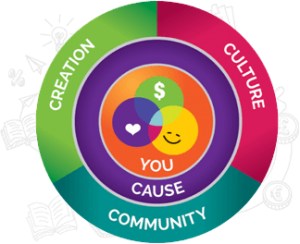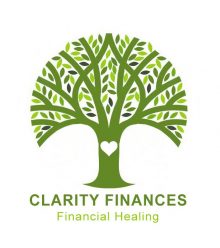When I think of what an Evolved Enterprise is and how Clarity Finances can become more of an Evolved Enterprise, I think of leveraging my business for good. This ‘leveraging business for good’ stuff though does not encapsulate the totality of an Evolved Enterprise.
In the last post I used the Example of Tom’s Shoes as an example of a business that could be considered an Evolved Enterprise. You may have purchased a pair of shoes from Tom’s before and if you think about why you bought them it very well may have to do with the company making it known that they give back through their business.
In fact, many studies show that consumers are more inclined to buy products from companies that also do good. This article from Psychology Today states that the ‘narrative’ behind a company can influence purchasing habits from customers. As stated in the article, when humans are met with things that can bring about emotions they can be pushed towards an action. A company doing good does not just bring in customers, but it can cause consumers to be more willing to spend more on a product from a company that does good. In the text, Silver cites research by Nielsen that shows “fifty percent of global consumers (in 58 countries) are willing to pay more for goods and services from companies that make a difference.”
I keep using the term giving back throughout these posts and will continue to do so, but I want you to understand that it is not just about giving back; we must also give forward. Now, what does that mean? When we as businesspeople make things better for ourselves we have the ability to make things better for others by…giving back. Giving forward could be considered making things better for ourselves. This is not done out of selfishness, businesses need to succeed before they can start giving, to themselves or others. But the process of helping ourselves makes us able to help others and by helping others we help ourselves. Basically, if we make things better for ourselves, we can then make things better for others.

Image credit: Yanik Silver Evolved Enterprise
This thought process is shown in an image that Yanik Silver designed. The core is about you, the businessperson. You need to know yourself first before you’ll know how your business can reflect that. The cause is your why. For example, I want to support Good Works because it can transform someone’s life. I want to support things that will last, things that are sustainable. The section of culture reminds me of the work I did with the book Traction in establishing your core values. Any business can have a culture, no matter what the size. The community circle represents your clients. The creation section represents what you make and how the impact of what you want to change is “baked in” to your product.
Stay tuned for the next post in this series where I’ll talk more about the core values of Clarity Finances.
